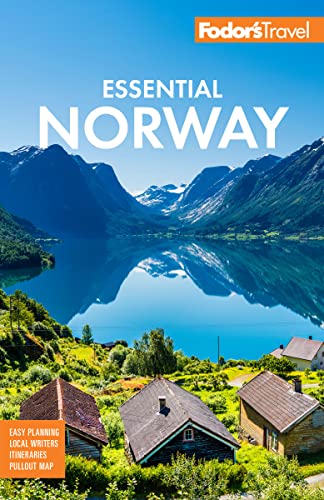Stavanger has always prospered from the riches of the sea. During the 19th century, huge harvests of brisling (also called sprat) and herring helped put it on the map as the sardine capital of the world. Some people claim the locals are called Siddis, from S(tavanger) plus iddis, which means "sardine label," although some linguists argue it's actually a mispronunciation of the English word "citizen."
During the past three decades a different product from the sea has been Stavanger's lifeblood—oil. Since its discovery in the late 1960s, North Sea oil hasn't just transformed the economy; Stavanger has emerged as cosmopolitan and vibrant, more bustling than other cities with a population of only 130,000. Norway's most international city, it has attracted residents from more than 90 nations. Roam its cobblestone streets or wander the harbor front and you're likely to see many cafés, fine restaurants, and lively pubs, as well as many museums, galleries, and other venues that are part of its rich, dynamic art scene.
Stavanger has earned the title "Festivalbyen" (festival city) for its year-round celebrations. More than 20 official festivals are held throughout the year—comedy, food, chamber music, jazz, organ, literature, beach volleyball, biathlon, wine, and more. There are probably just as many unofficial events, since locals love any reason to have a party.






